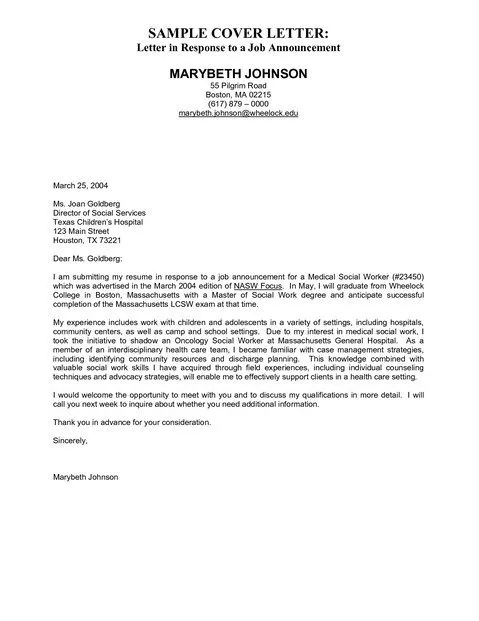Understanding the Medical Cover Letter
In the competitive world of healthcare, a well-crafted medical cover letter is more than just a formality; it’s your introduction and a crucial tool for showcasing your qualifications, passion, and suitability for a particular role. It complements your resume, offering a narrative that highlights your key skills and experiences in a way that a bulleted list cannot. This guide provides a comprehensive overview of how to create a compelling medical cover letter that grabs the attention of hiring managers and helps you land your dream job in the medical field. Mastering the art of cover letter writing is essential for making a positive first impression and differentiating yourself from other applicants.
Purpose of a Medical Cover Letter
The primary purpose of a medical cover letter is to introduce yourself to a potential employer and express your interest in a specific position. It gives you the opportunity to elaborate on your resume, providing context and depth to your qualifications. Furthermore, a cover letter allows you to demonstrate your understanding of the role, the organization, and the healthcare industry as a whole. It should convey your enthusiasm, professionalism, and unique value proposition. The cover letter is your chance to tell your story, explaining why you are the best candidate and what you can bring to the table.
Key Components of a Medical Cover Letter
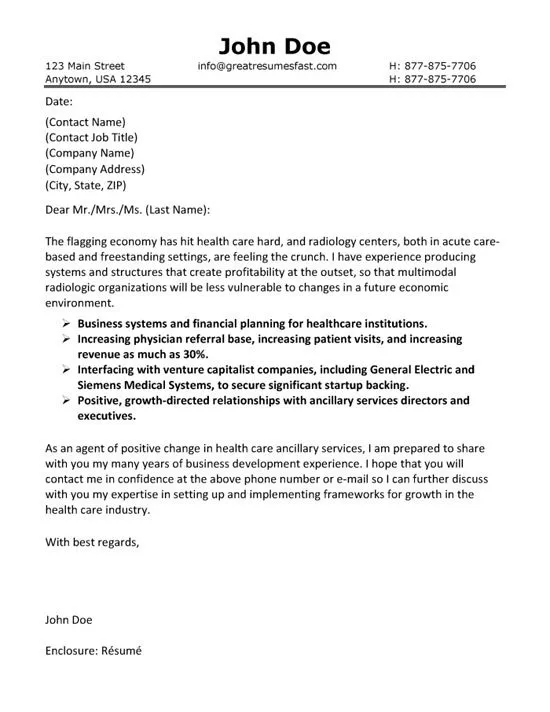
A strong medical cover letter consists of several essential components. These include a professional header with your contact information and the employer’s details, a personalized greeting, a compelling opening paragraph that states your intention and highlights your key skills, and several body paragraphs that expand on your relevant experience and qualifications. The letter should also include a tailored closing that reiterates your interest and provides a call to action, such as expressing your availability for an interview. Each section should be carefully crafted to ensure the letter flows smoothly and effectively communicates your value.
Formatting Your Medical Cover Letter
The formatting of your medical cover letter plays a significant role in its readability and professionalism. A well-formatted letter is easier to read and makes a better first impression. Adhering to standard business letter format shows attention to detail and respect for the employer’s time. The overall presentation should be clean, organized, and visually appealing, making it easy for the hiring manager to quickly grasp the key information.
Choosing the Right Font and Layout
Select a professional and easy-to-read font, such as Times New Roman, Arial, or Calibri, with a font size between 11 and 12 points. Ensure consistent spacing and margins (typically one inch) throughout the document. Use clear paragraph breaks and consider using bullet points to highlight key skills or accomplishments. The layout should be uncluttered and balanced, with a professional appearance that reflects your attention to detail. Maintain a clean look that does not distract from the content.
Header and Contact Information
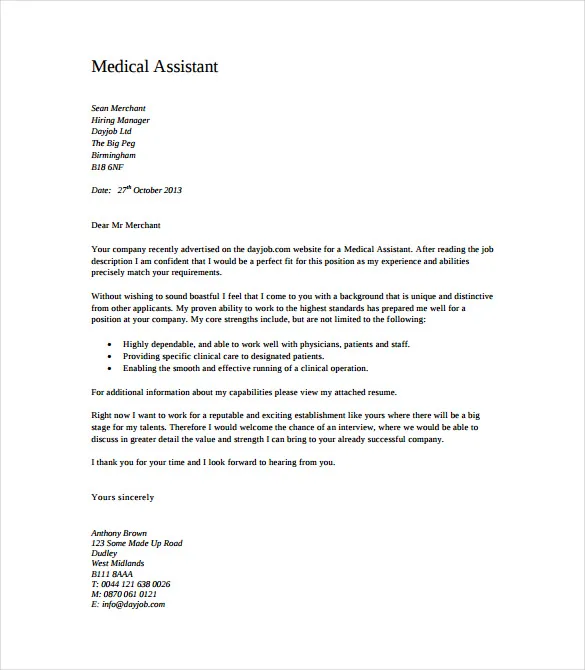
Your header should include your full name, address, phone number, and professional email address. Directly below, include the date and the employer’s name, title, and address. Ensure all contact information is accurate and up-to-date. Double-check the spelling of the employer’s name and the organization’s address to avoid any errors that could negatively impact your application. The header sets the tone for a professional communication.
Writing a Compelling Medical Cover Letter
The content of your medical cover letter is what truly sets you apart. It’s your opportunity to demonstrate your unique value and make a strong case for why you are the ideal candidate. Focus on highlighting your most relevant skills, experience, and accomplishments. The language should be professional, enthusiastic, and tailored to the specific job and organization. A well-written cover letter is concise, persuasive, and leaves a lasting positive impression.
Crafting a Strong Opening Paragraph
Your opening paragraph is your first and often only chance to grab the reader’s attention. Clearly state the position you are applying for and how you learned about the opportunity. Briefly mention your key qualifications and express your enthusiasm for the role and the organization. Consider including a compelling statement that captures your interest and sets the tone for the rest of the letter. Make it clear why you are interested in this specific position.
Highlighting Relevant Skills and Experience
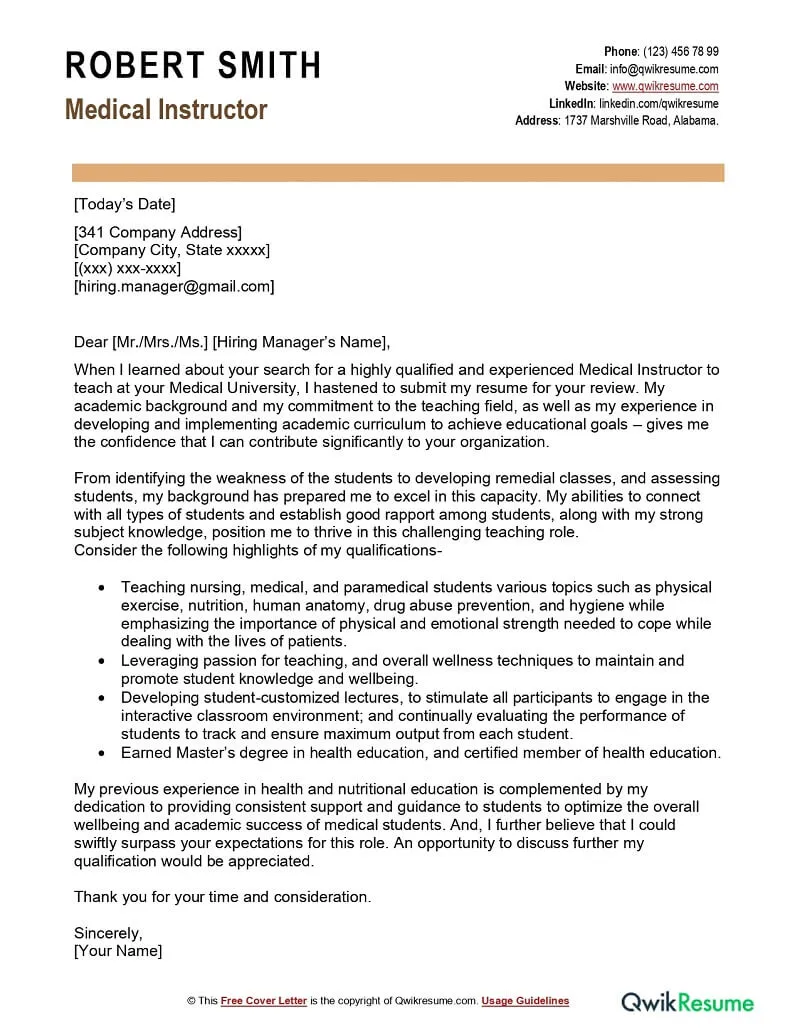
In the body of your letter, provide specific examples of your skills and experiences that align with the job description. Focus on the key requirements mentioned in the job posting and explain how your qualifications meet those needs. Use the STAR method (Situation, Task, Action, Result) to illustrate your accomplishments and demonstrate your ability to perform the job successfully. Quantify your achievements whenever possible to provide tangible evidence of your impact.
Quantifying Achievements
Whenever possible, quantify your achievements to demonstrate the impact of your contributions. Use numbers, percentages, and specific data to illustrate your accomplishments. For example, instead of saying ‘Improved patient satisfaction,’ state ‘Increased patient satisfaction scores by 15% through implementation of new communication protocols.’ Quantifiable results make your claims more credible and provide a clear picture of your capabilities.
Tailoring Your Letter to the Job Description
Customize your cover letter for each job application. Carefully review the job description and tailor your letter to match the specific requirements and qualifications. Highlight the skills and experiences most relevant to the role. Research the organization and demonstrate your understanding of their mission, values, and goals. Tailoring your letter shows that you are genuinely interested in the position and have taken the time to understand the needs of the employer.
Expressing Enthusiasm and Professionalism
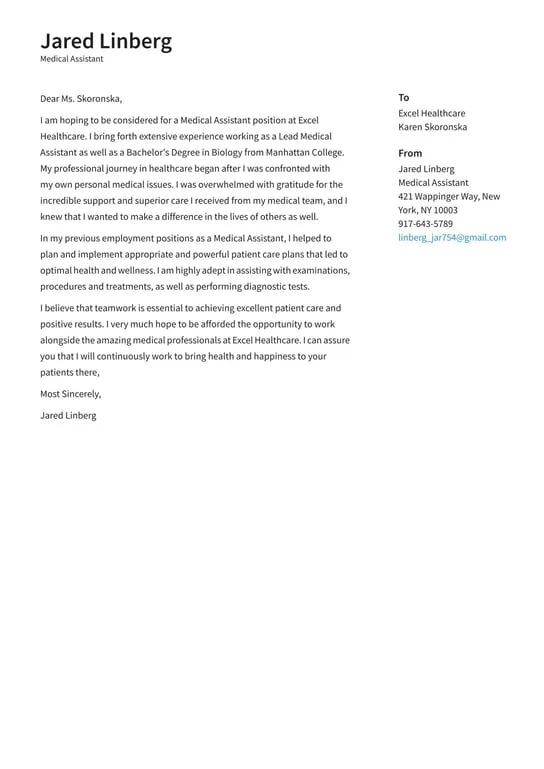
Throughout your cover letter, express your enthusiasm for the position and the organization. Use positive and professional language to convey your passion for healthcare and your commitment to providing excellent patient care. Maintain a respectful tone and avoid slang or overly casual language. Your enthusiasm should be evident in your writing, demonstrating your eagerness to contribute to the team.
Writing a Powerful Closing
Your closing paragraph should reiterate your interest in the position and express your eagerness for an interview. Thank the reader for their time and consideration. Clearly state how you can be reached and mention your availability for an interview. A strong closing leaves a lasting positive impression and encourages the hiring manager to take the next step in the hiring process.
Proofreading and Editing Your Medical Cover Letter
Proofreading and editing are critical steps in ensuring your medical cover letter is polished and professional. Errors in grammar, spelling, or punctuation can undermine your credibility and make a negative impression on the hiring manager. Take the time to carefully review your letter for any mistakes and consider having a trusted colleague or mentor proofread it as well. A well-edited letter demonstrates attention to detail and professionalism.
Common Mistakes to Avoid
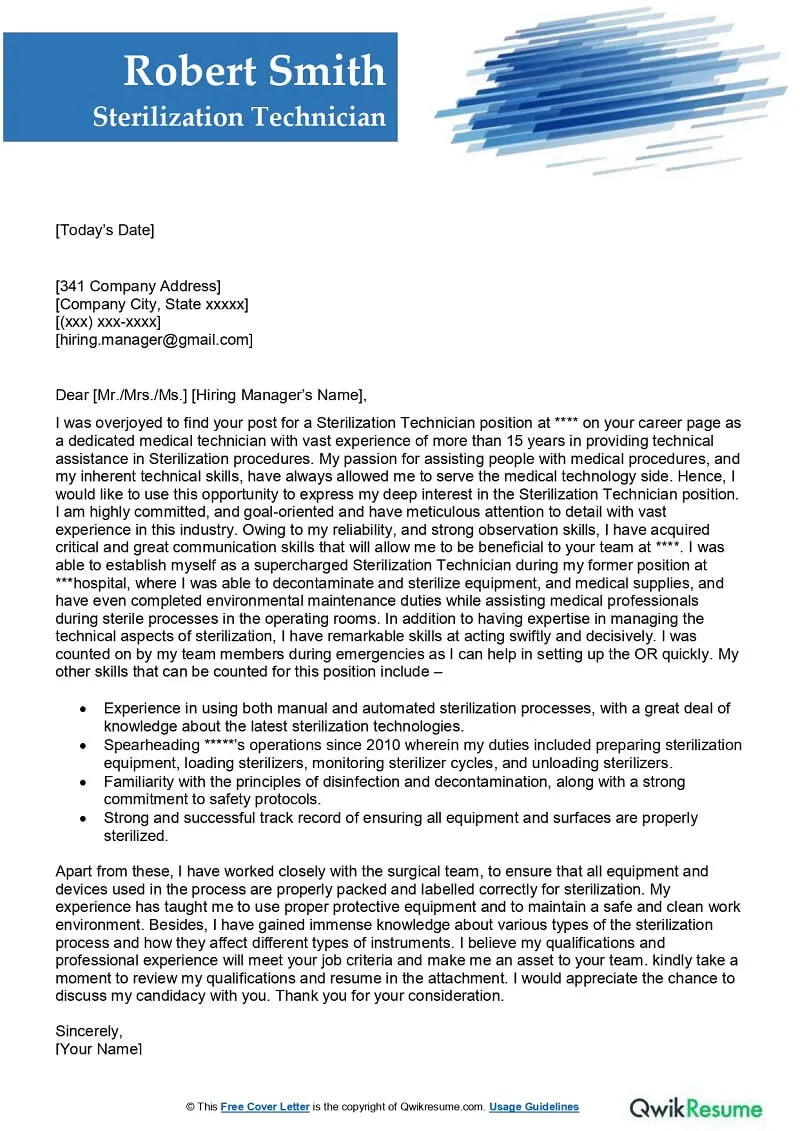
Avoid common mistakes such as typos, grammatical errors, and generic language. Do not simply restate your resume. Instead, provide additional context and highlight your most relevant qualifications. Avoid using clichés or overly formal language. Ensure that your letter is concise and focused, avoiding unnecessary information. Ensure that the information is correct and up-to-date.
Tips for Proofreading
Read your cover letter aloud to catch any awkward phrasing or errors. Use a spell checker and grammar checker, but do not rely on them entirely. Proofread multiple times, ideally at different times of the day, to ensure you catch all errors. Ask a friend, family member, or career counselor to review your letter for clarity, grammar, and overall effectiveness. Multiple perspectives often help uncover areas for improvement.
Medical Cover Letter Examples
Reviewing medical cover letter examples can provide valuable insights and guidance for crafting your own. Look for examples that align with your experience level and the type of position you are seeking. Pay attention to how the writers structure their letters, highlight their skills, and express their enthusiasm. Use these examples as inspiration, but always personalize your cover letter to reflect your unique qualifications and experiences.
Example 1 Entry-Level Position
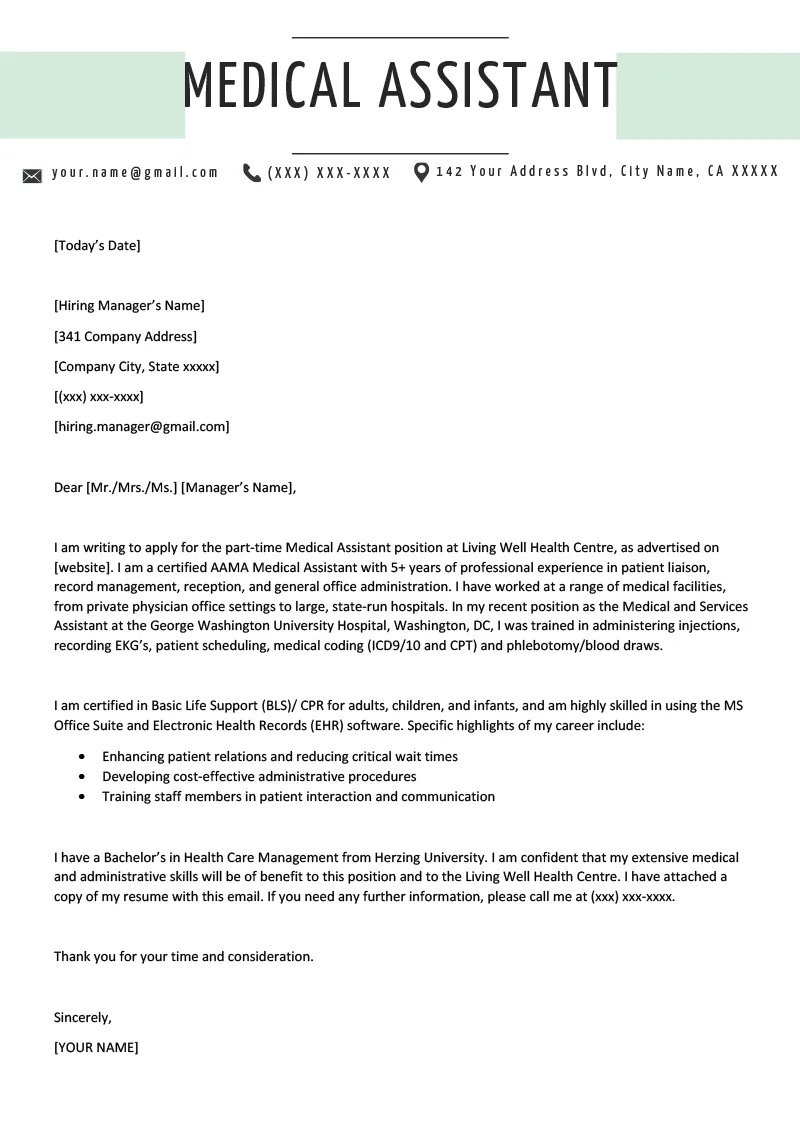
For an entry-level position, such as a medical assistant or technician role, highlight your relevant coursework, clinical experience (if any), and soft skills, such as communication and teamwork. Emphasize your eagerness to learn and grow within the organization. Tailor the letter to showcase your potential and enthusiasm for the medical field.
Example 2 Experienced Professional
Experienced professionals, such as physicians or nurses, should focus on their clinical expertise, leadership skills, and significant accomplishments. Quantify your achievements whenever possible and demonstrate how your skills and experiences align with the specific requirements of the job. Highlight any awards, certifications, or publications. This will demonstrate value and success in previous roles.
Example 3 Specific Specialty
For positions in a specific specialty, such as cardiology or oncology, tailor your letter to highlight your experience and expertise in that area. Mention any specialized training, certifications, or research experience relevant to the role. Show your understanding of the specialty and express your commitment to providing high-quality care in that field. This will showcase your understanding of the needs and requirements of the role.
Submitting Your Medical Cover Letter
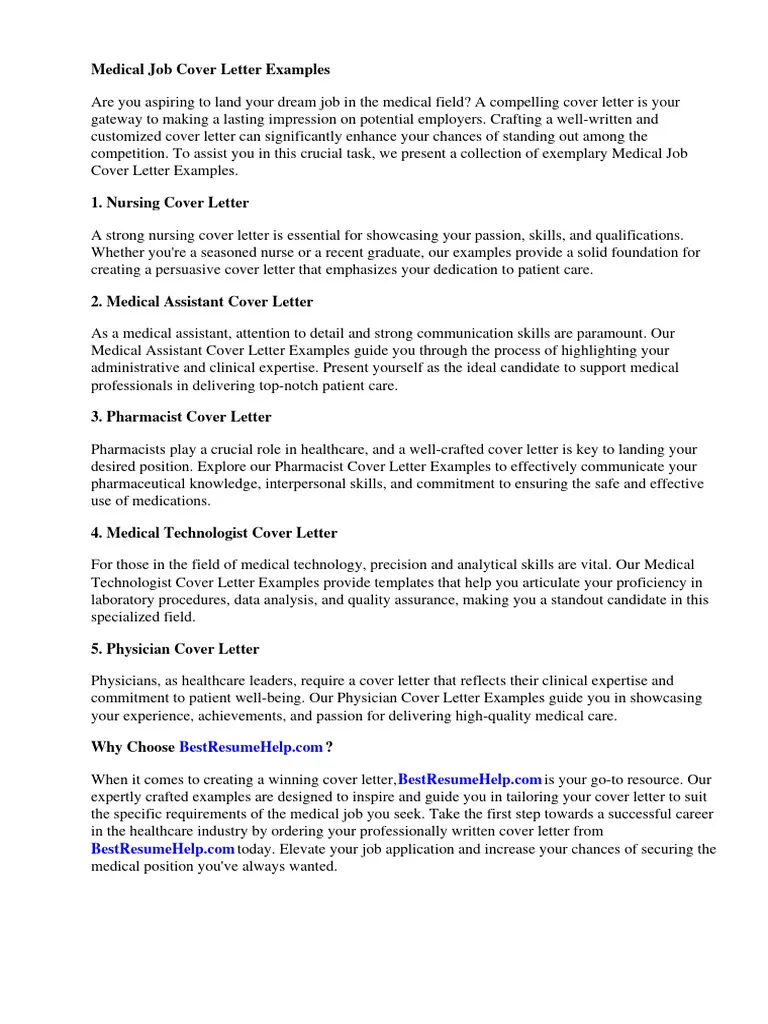
Once your cover letter is complete, follow the application instructions carefully to ensure your submission is successful. Adhering to these guidelines demonstrates your attention to detail and respect for the employer’s preferences. This will create a positive first impression.
Following Application Instructions
Carefully review the job posting and application instructions for any specific requirements regarding cover letter submission. Follow all instructions precisely, whether it involves submitting your letter as a PDF, attaching it to an email, or uploading it through an online application portal. Failure to follow instructions could result in your application being overlooked. Check for any requested format (PDF) and naming conventions.
Best Practices for Emailing
When submitting your cover letter via email, use a professional subject line that includes the job title and your name. Attach your cover letter and resume as separate documents in a professional format (e.g., PDF). In the body of the email, include a brief and polite message reiterating your interest in the position and thanking the recipient for their time. Proofread your email carefully before sending. Make sure your email address is professional and appropriate.
By following these guidelines, you can create a compelling medical cover letter that highlights your qualifications, expresses your passion, and increases your chances of landing your dream job in the medical field. A well-written cover letter is an investment in your career, setting the stage for a successful job search and a fulfilling professional journey.
